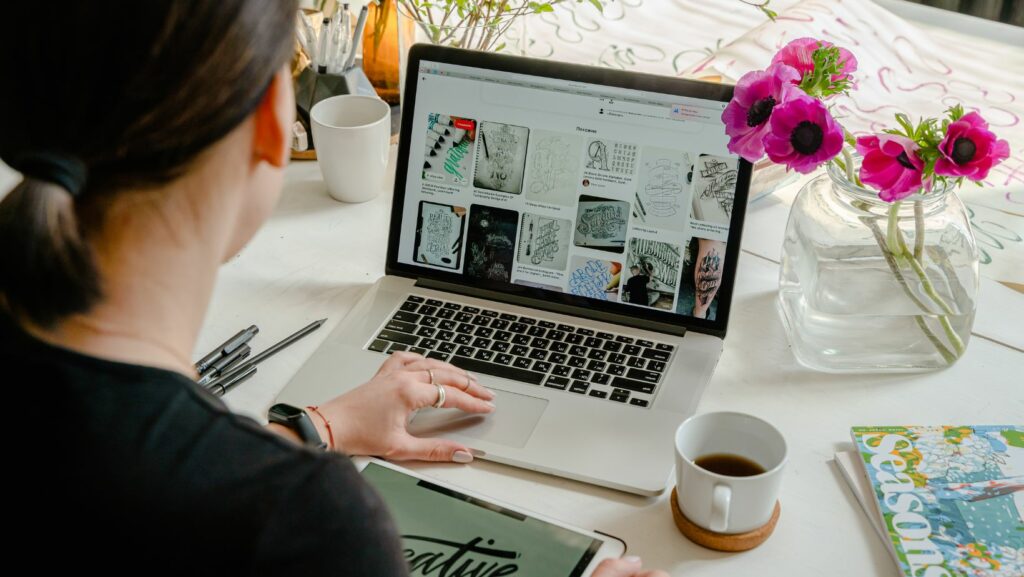Printing Guidelines for Graphic Designers
Navigating the world of print can be a daunting task for graphic designers, but mastering it is essential for creating stunning, professional- quality work. With countless variables to consider, from color profiles to paper types, understanding the key printing guidelines can make or break a project. This guide aims to demystify the process and equip designers with the knowledge they need to ensure their designs look as impressive on paper as they do on screen.
quality work. With countless variables to consider, from color profiles to paper types, understanding the key printing guidelines can make or break a project. This guide aims to demystify the process and equip designers with the knowledge they need to ensure their designs look as impressive on paper as they do on screen.
Whether you’re a seasoned designer or just starting out, knowing the ins and outs of printing will save you time, money, and frustration. From selecting the right resolution to choosing the best file formats, these tips will help you avoid common pitfalls and achieve the best possible results for your printed materials. Dive in and discover how to bring your digital creations to life with precision and confidence.
Understanding Printing Basics
Printing basics are fundamental for graphic designers aiming to create high-quality printed materials. Knowledge of key aspects like DPI, resolution, and file formats optimizes the printing process.
Importance of DPI and Resolution
Dots per inch (DPI) and resolution directly affect print quality. DPI measures the number of individual dots that can be placed in a linear inch of a print. Higher DPI values, like 300 DPI, provide finer detail needed for professional prints, while lower values, such as 72 DPI, suit screen displays. Resolution, measured in pixels, indicates an image’s detail. A 3000×2000 pixel image, when printed at 300 DPI, results in a 10×6.67 inch print. Higher resolutions are essential for detailed visuals, reducing the risk of pixelation in the final product.
File Formats and Their Implications
Different file formats impact both print quality and compatibility with printers.
- TIFF (Tagged Image File Format): Common in professional printing for its lossless compression, maintaining image quality.
- PDF (Portable Document Format): Preserves design elements and fonts, ensuring consistency across various devices.
- JPEG (Joint Photographic Experts Group): Widely used for photos, though its lossy compression may reduce quality.
- EPS (Encapsulated PostScript): Ideal for vector graphics, retaining clarity at any scale.
Choosing the correct format aligns with the intended print outcome, ensuring designs appear as envisioned.
Choosing the Right Paper
Selecting the appropriate paper is crucial for achieving the desired print quality. Several factors, including paper type and weight, must be considered.
Types of Paper
Various paper types serve different design needs. Coated paper, such as gloss or matte, enhances colors and detail, making it ideal for photographs and high-resolution images. Uncoated paper offers a more natural look, suitable for text-heavy designs and writable surfaces. Recycled paper, made from post-consumer waste, is an eco-friendly option that may appeal to environmentally conscious clients.
Paper Weight and Thickness
Paper weight, measured in pounds (lbs) or grams per square meter (gsm), affects durability and feel. Higher weights, like 100-200 lbs, provide sturdiness for items like business cards and posters. Lower weights, around 20-70 lbs, are commonly used for standard documents. Thickness, often reported in points (pt), influences the tactile experience; thicker paper feels more substantial, enhancing perceived quality. For example, a 14-pt thick paper is typically used for premium business cards.
Color Management
RGB vs. CMYK
Designers must convert digital images from RGB (Red, Green, Blue) to CMYK (Cyan, Magenta, Yellow, Black) for print accuracy. RGB, used for screens, offers a broader range of colors, making it ideal for digital displays. However, CMYK is required for printing because it reflects the ink colors used in printers. Without conversion, printed colors may appear dull or incorrect, misrepresenting the original design. It’s best to begin design projects in CMYK color space or convert early in the workflow to adjust colors accordingly.
Using Pantone Colors
 Using Pantone colors ensures color consistency across different print materials. Pantone, a standardized color matching system, enables designers to specify exact hues that printers can reproduce accurately. This system is especially beneficial for brand logos and corporate identities, where precise color representation is crucial. Designers can reference Pantone guides to select and communicate specific colors, minimizing variations and ensuring the final print matches client expectations. Incorporating Pantone colors into the design process can streamline communication with printers and achieve reliable, repeatable results.
Using Pantone colors ensures color consistency across different print materials. Pantone, a standardized color matching system, enables designers to specify exact hues that printers can reproduce accurately. This system is especially beneficial for brand logos and corporate identities, where precise color representation is crucial. Designers can reference Pantone guides to select and communicate specific colors, minimizing variations and ensuring the final print matches client expectations. Incorporating Pantone colors into the design process can streamline communication with printers and achieve reliable, repeatable results.

